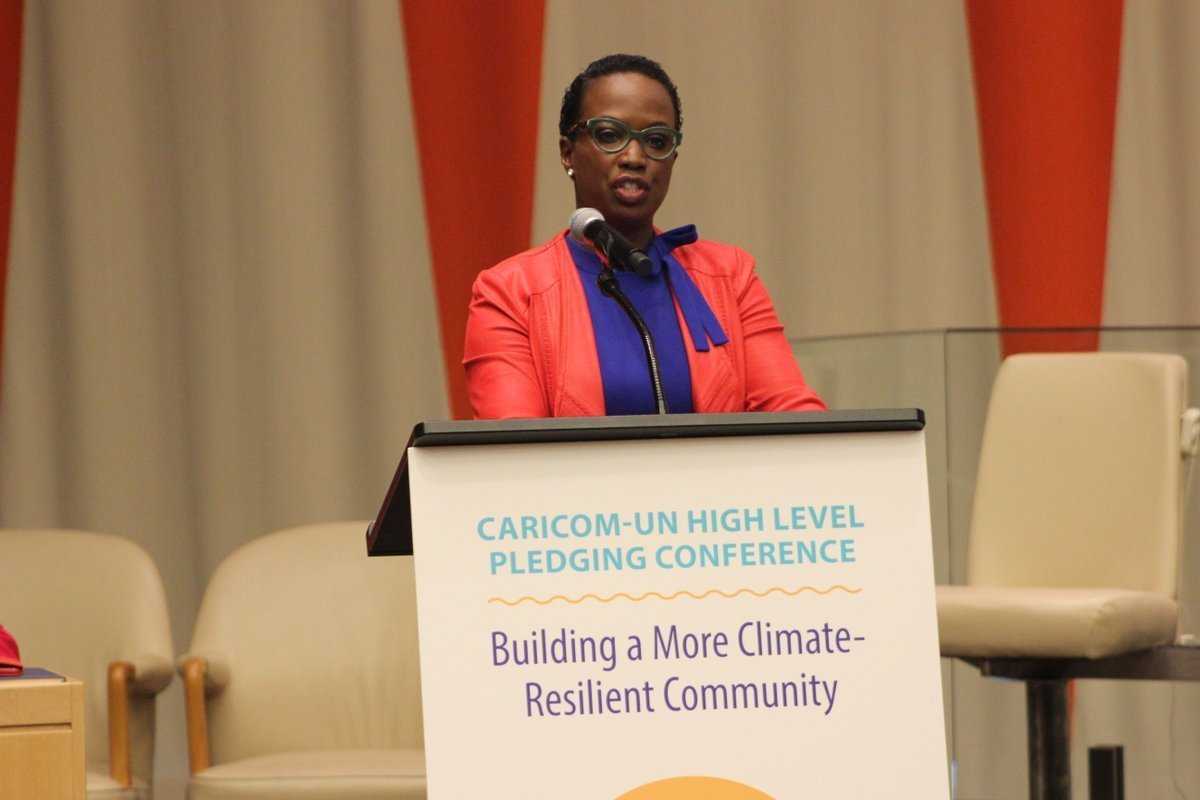on
BY: ALYSSA MAHADEO
Tis the season of giving, and in light of events this year in the Caribbean many have been rallying together in efforts to provide help and relief to victims of the hurricanes.
This year the Caribbean experienced some of the most devastating weather to be caused by a natural disaster when Atlantic hurricane season hit and caused extensive damage to several Caribbean Islands. The category 5 hurricanes brought heavy rain and gusting winds that caused catastrophic damage to the islands, and have reminded the world that these small islands stand on the frontline of climate change.
Canada has been a long-time friend, neighbour, and supporter to the islands of the Caribbean, and so after disaster struck the Canadian Government was quick to lend a helping hand with emergency relief efforts.
Immediately after the disaster was reported in the Caribbean, Canada allocated $2 million dollars worth of assistance to help with setting up an emergency shelter, food, hygiene and sanitation for the citizens in the islands that were displaced.
On November 21st , 2017 in New York City, New York at the Caribbean Community (CARICOM)-UN High Level Pledging Conference, Celina Caesar-Chavannes, Parliamentary Secretary to the Minister of International Development, announced Canada’s pledge of $100 million to support reconstruction and climate resilience efforts in the Caribbean region over the next five years.
“These funds will be used to help the non-sovereign states,” Caesar-Chavannes explains. Those islands not represented by any transnational states. “The projects that Canada is working to support are anything around disaster risk perception and management with a strong focus on the roles of women, the networks they have within communities.”
Canada’s contribution will help the most vulnerable people, including women and children, to rebuild more resilient communities so they can be better prepared for natural disasters. Particular attention will be given in the coming months to specific projects aimed at reconstructing essential services, improving disaster risk management and emergency preparedness practices, supporting the role of women as leaders in reconstruction and adopting climate-adaptation measures at the community level.
The Prime Minister and Head of States in the Caribbean came together at CARICOM to have these conversations with the UN and bring attention to the work that needed to be done.
António Guterres, the ninth Secretary-General of the United Nations, was in some of the affected areas and he went to Dominica and saw what was happening first hand. CARICOM worked together with the UN to create the pledging conference, to create an avenue to accept financial support.
“Canada is working together with international financial institutions, such as the World Bank and the Caribbean Development Bank, to mobilize support for reconstruction efforts. Canada represents many Caribbean nations on the Board of Governors of the World Bank and the International Monetary Fund.” Caesar-Chavannes says. “At the World Bank Annual Meetings in October, Canada and participants reaffirmed their solidarity and support for the affected countries and communities.”
An estimated 20,000 children have been affected by the 2017 Caribbean hurricanes. More than 32,000 people have been displaced, with 17,000 of these people in need of shelter.
Over 1.2 million people have been affected by damage to water infrastructure. Other critical infrastructure has been significantly damaged, including electrical lines, houses and public buildings, such as government offices, schools, and hospitals, as well as private-sector structures key to the economy and people’s livelihoods.
“Most importantly the one thing we don’t want to happen is that the sanitation conditions, the health conditions, and the food resources get to a point where diseases and illnesses can be easily introduced,” Caesar-Chavannes explains. “It is our duty to ensure that these funds are allocated to the right organizations so that the most critical needs can be met.”
Caesar-Chavannes goes on to explain that it was important to act quickly after the hurricane hit and in Dominica, one of the projects that organized and went underway quickly was helping re-roof houses, and aiding farmers to recover crops and replant for the new season. They were also able to send a Canadian Airport specialist to help assess the damages done to the airport and get to work on the repairs that were needed.
“Funds were used to provide food and rent for people in Barbuda who were evacuated as well,” Caesar-Chavannes says. “The funds go to the organization on the ground who ready to help, but most importantly the emergency needs of the population following the hurricane.”
There is no time-frame in which the rebuilding process can be placed. This is going to be a long-term project, and right now it’s focused on ensuring the well-being of citizens, as well as working as quickly and effectively as possible. The $100 million will be distributed over five years to firstly address the regional needs, and support financial and climate resilience in the Caribbean, and secondly, Canada will take into consideration the needs assessment of Dominica, Antigua, and Barbuda to decide where to allocate funds for reconstruction and climate resilience.
“We want to ensure that we are listening to the local contacts so that we can understand all that needs to be addressed, keeping in constant communication with local government and institutions,” Caesar-Chavannes explains. “The Caribbean heads of state have committed to wanting to become the first climate resilient region in the world, and once you have that local ownership and commitment to wanting to rebuild better, and to wanting to build a more resilient Caribbean that leadership will allow for rebuilding in a smart way.”
The pledging conference raised over a billion dollars in donor pledges and Canada’s significant contribution complements the other international pledges made. They are continuously working on other innovative ways that they can help finance hurricane relief efforts in the Caribbean, and encourage the community to help in whatever way they can. It is encouraged that any monetary donations be sent to the Red Cross where it will allow for quick and effective distribution to the islands in immediate need of assistance.
Stay in the loop with exclusive news, stories, and insights—delivered straight to your inbox. No fluff, just real content that matters. Sign up today!












